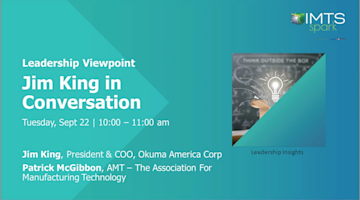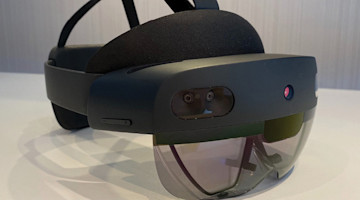During the Smartforce Student Summit at IMTS 2018, AMT made a point of bringing in exhibitors who would show schools, educators, and students our industry’s vision of the manufacturing technology classroom of the future.
Their exhibits featured 3D printing and additive manufacturing, robotics and automation, mechatronics, and included more than a half dozen interactive exhibits that demonstrated augmented reality (AR) and virtual reality (VR) applications.
Students were engaged and wowed by the exhibits, and we were able to inform educators and administrators of new, disruptive, and transformational technologies impacting U.S. manufacturing as well as the education market.
As technologies transform, so too do job requirements to perform duties and tasks in specific job functions. Educational programs must also evolve as a result.
Travel around the country and visit engineering schools, as I do, and you’ll see significant investments being made in programs that address transformative technologies, especially among—but not limited to—AMT Research & Education Affiliate member schools. In particular, programs around data science and cloud computing are expanding, and you can see students working on MTConnect applications.
Technical schools and community colleges are driven and funded by their ability to produce qualified students and graduates who have a specific, industry-recognized credential or degree. To keep pace with these new technologies, the National Institute for Metalworking Skills (NIMS) is moving beyond its core of standards and credentials for machinists and developing standards and credentials in 5-axis machining, mechatronics, additive manufacturing, and smart manufacturing. This is often referred to as Industry 4.0.
We’re already planning exciting exhibits for the Smartforce Student Summit at IMTS 2020. You might call it Smartforce 4.0!






